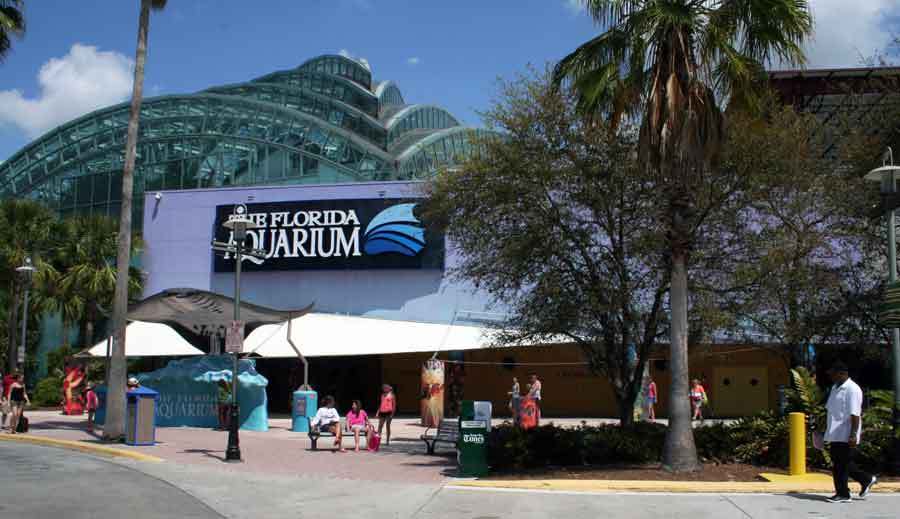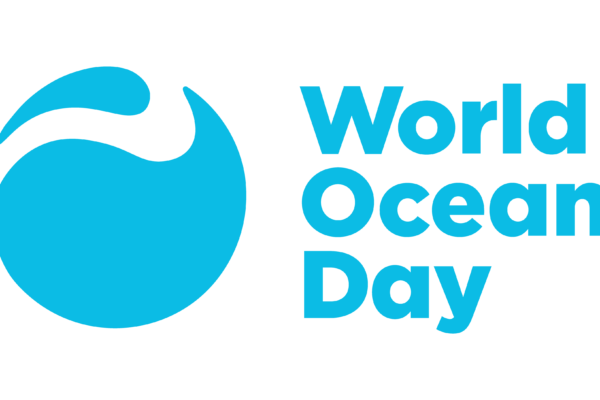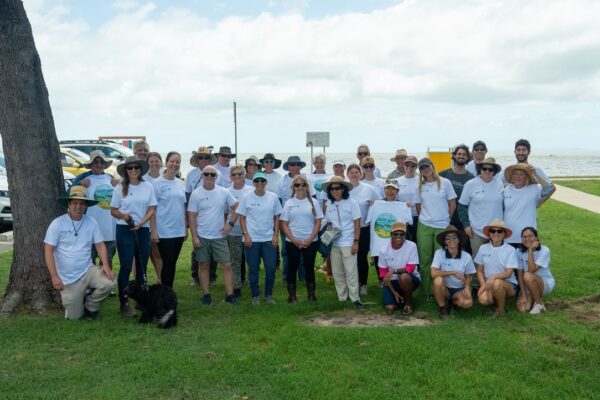This guest post, by VP of Education Debbi Stone at Florida Aquarium is the first in a 3-part series on their Innovative Solutions Grants+ project. The Aquarium's project asks "Can we gain valuable insights about how to engage an underrepresented audience by working together to design the approach?"
The Ask
As a mission-based institution committed to learning as much as we can about “The Ask,” our shorthand phrase for promoting conservation action to our visitors, we have spent the last several years focusing on questions such as:
- What individual behaviors actually make a positive difference in ocean conservation?
- What actually motivates visitors to join us in taking these actions?
- How do we track the success of our efforts?
- How do we engage previously underrepresented audiences?
Using resources and insights from The Ocean Project, Frameworks Institute, the National Network for Ocean and Climate Change Interpretation (NNOCCI), Climate Interpreter, and more, we have made strides on the above, yet we also recognize that we still have a lot to learn. Through our recently awarded Innovative Solutions Grant, we especially want to learn more about how to answer that last question about engaging underrepresented audiences.
An Underserved/Untargeted Audience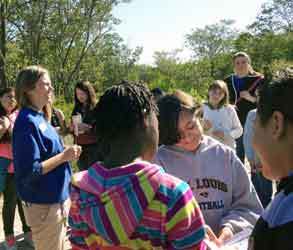
The fastest growing population segment in our region is Hispanic. Between the 2000 and 2010 censuses, the Hispanic population in our home county of Hillsborough grew by over 70%. Even with that knowledge, we had not been strategically focusing on how to align our goal of increasing visitor actions via The Ask with engaging the largest growing population with which to work. We hypothesize that if this population continues to grow with such robustness, it represents an audience with which we have a tremendous opportunity to collaborate and affect positive change on a large scale. We were therefore excited to receive awarded the Innovative Solutions Grant to explore deepening our connection with this important audience by working with a prominently Hispanic Title 1 elementary school to create a platform, and answer questions about how best to increase visitor actions.
Why Youth as a Launch Point?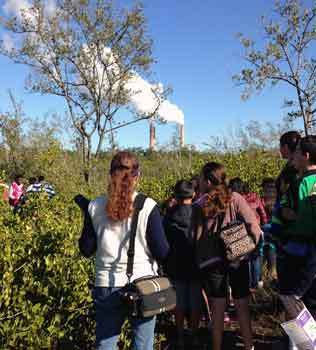
As data summarized in The Ocean Project’s Special Youth Report in America, the Ocean, and Climate Change: New Research Insights for Conservation, Awareness, and Action, suggest that youth have a strong influence on household conservation behaviors, our project strives to equip students to be catalysts in their households. As the data further suggest that aquariums are trusted sources of information about ocean issues, we believe that we are in a powerful position to effect positive change. Furthermore, additional research by The Ocean Project and others underscores the way in which those in households where English is the second language also tend to have a strong, but often unmet, interest in conservation issues.
Project Summary
Through our Innovative Solutions project, we plan to work with approximately 200 elementary students at a predominantly Hispanic school to help us develop engagement ideas that include family involvement and participation. We are also, thanks to the grant, able to provide materials in Spanish, something that has been a challenge for us in the past.
Throughout this school year, we will work with teachers and students to develop projects that directly connect the community to action…or again, what we call The Ask. We will work with grade level teachers to help students at various grade levels create action-based projects that they find meaningful to them and that we think are appropriate for the Aquarium. And the students will be encouraged involve their families along the way. In May, the students and their families will be invited to attend a Family Science Day at The Florida Aquarium, where they will share their ideas with our visitors, and we can all gauge the response.
Reality Check?
Are we trying to accomplish too much with this one school? We all - aquarium staff, teachers and students alike - are excited about the idea of working together but are already learning that it can be a challenge to fit a project like this into an increasingly busy school schedule. In our next blog, we’ll share more about barriers we're encountering (and working through) as well as where we are in our efforts and how we are proceeding. We will keep you posted as our work progresses!

